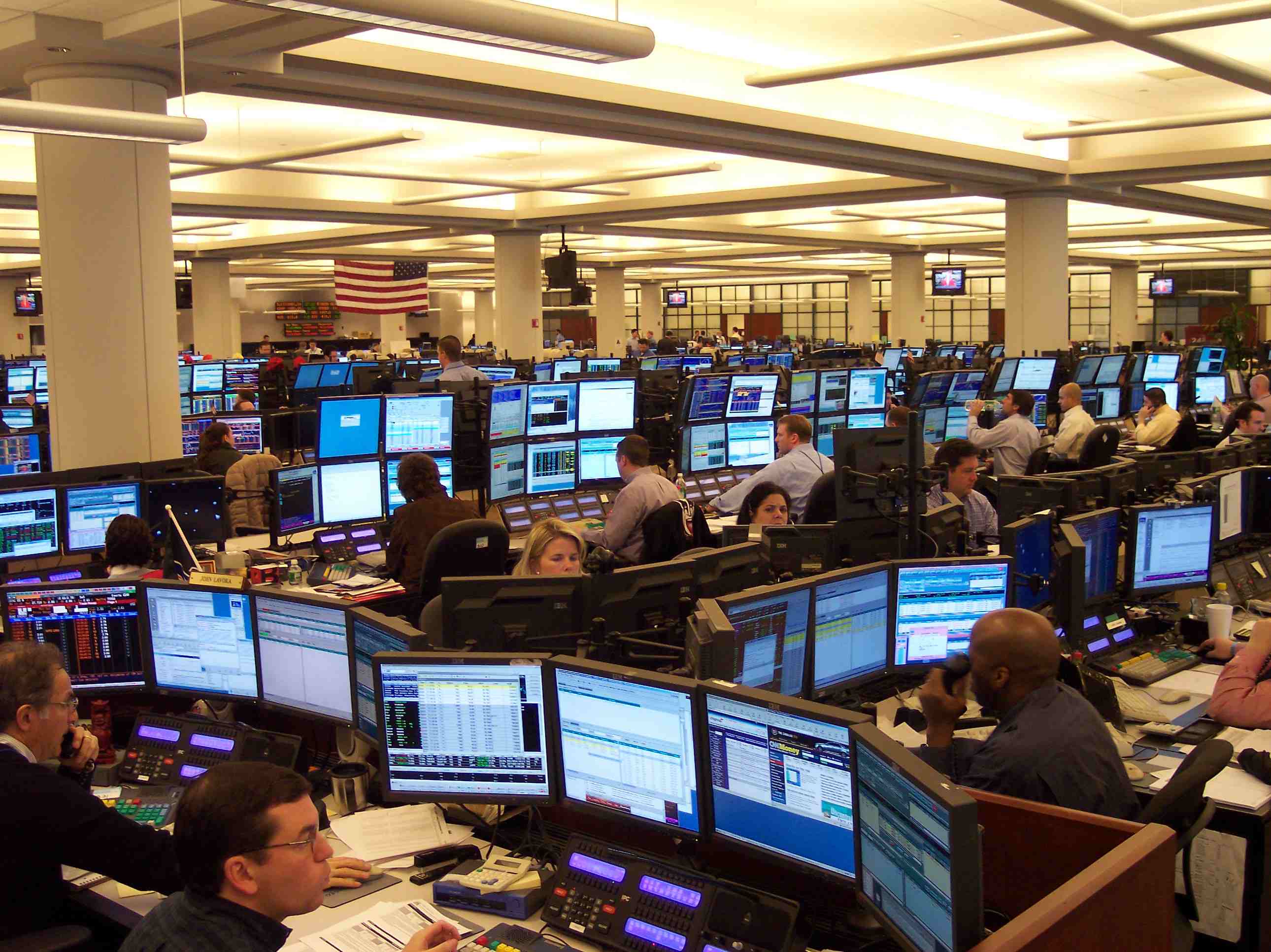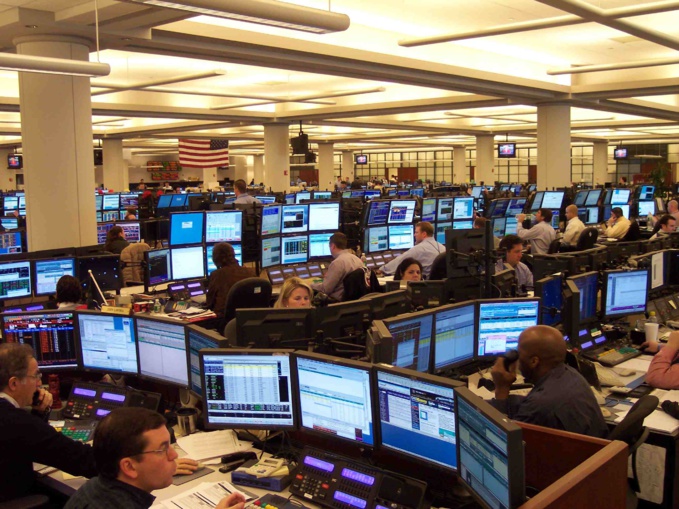According to the analyst, Brent crude oil can significantly rise in price in the next five years, as oil producers around the world avoid new investments in the industry. "You're killing investments," Ross said at a conference in New York. "Given the killers of the market sentiment, the most important of which are electric cars and slate, is whether you want to invest?"
The International Energy Agency (IEA) said on Thursday that demand and supply in the world oil market will be largely balanced next year, as rising consumption helps reduce fuel surplus and should mainly compensate for the increase in production.
According to secondary sources quoted in the OPEC report, 14 members of the cartel in September produced 32.748 million barrels per day (b/d), which is 88.5 thousand b/d more than in August. Preliminary OPEC data for August show that commercial oil reserves in OECD countries decreased by 16.1 million barrels compared to July and amounted to 2.996 billion barrels.
The indicator is 94 million barrels lower than a year earlier. Nevertheless, reserves of 171 million barrels more than the average for the past five years, according to the report of the group.
However, according to estimates of S&P Global Platts, reserves in developed countries exceed the average five-year level by about 50 million barrels, and this surplus is reduced. "Most of the world's excess inventory has disappeared," Ross said, "We will not see oil at $ 30 [per barrel] as long as we live in the world of Brent crude at $ 50-60."
In an OPEC monthly report published on October 11, the organization has improved the forecast for the growth of global oil demand in 2017 by 30,000 barrels per day, compared to the September estimate, to 96.8 million barrels per day. Compared to 2016, world demand for oil will increase by 1.45 million barrels per day.
In 2018, the organization of oil exporting countries expects world demand growth (compared to 2017) by 1.38 million barrels - up to 98.19 million barrels per day.
Investors were expecting the publication of the OPEC report, so oil quotations were a plus at the opening of trading on October 11. Futures of North Sea standard brand Brent increased by 0.21% - to $ 56.73 per barrel, US oil grade WTI - by 0.35% - to $ 51.1 per barrel. Analysts at Reuters indicate a rebound in the oil market.
The intention of Saudi Arabia to reduce the volume of oil exports can significantly change the current balance in the market, which is a serious factor in supporting prices for raw materials.
State-owned company of Saudi Arabia Saudi Aramco plans to limit oil supplies in November by 560,000 barrels a day - up to 7.15 million barrels per day. In a month, the company's production will reach 9.77 million barrels per day, falling the lowest level since January 2015, Bloomberg reports citing the country's Energy Ministry.
For comparison: in November 2016, Saudi Aramco's production was almost a million barrels more - 10.72 million barrels per day. According to the statement of the Ministry of Energy of Saudi Arabia, the country expects that all other participants in the OPEC pact will follow its example.
source: reuters.com
The International Energy Agency (IEA) said on Thursday that demand and supply in the world oil market will be largely balanced next year, as rising consumption helps reduce fuel surplus and should mainly compensate for the increase in production.
According to secondary sources quoted in the OPEC report, 14 members of the cartel in September produced 32.748 million barrels per day (b/d), which is 88.5 thousand b/d more than in August. Preliminary OPEC data for August show that commercial oil reserves in OECD countries decreased by 16.1 million barrels compared to July and amounted to 2.996 billion barrels.
The indicator is 94 million barrels lower than a year earlier. Nevertheless, reserves of 171 million barrels more than the average for the past five years, according to the report of the group.
However, according to estimates of S&P Global Platts, reserves in developed countries exceed the average five-year level by about 50 million barrels, and this surplus is reduced. "Most of the world's excess inventory has disappeared," Ross said, "We will not see oil at $ 30 [per barrel] as long as we live in the world of Brent crude at $ 50-60."
In an OPEC monthly report published on October 11, the organization has improved the forecast for the growth of global oil demand in 2017 by 30,000 barrels per day, compared to the September estimate, to 96.8 million barrels per day. Compared to 2016, world demand for oil will increase by 1.45 million barrels per day.
In 2018, the organization of oil exporting countries expects world demand growth (compared to 2017) by 1.38 million barrels - up to 98.19 million barrels per day.
Investors were expecting the publication of the OPEC report, so oil quotations were a plus at the opening of trading on October 11. Futures of North Sea standard brand Brent increased by 0.21% - to $ 56.73 per barrel, US oil grade WTI - by 0.35% - to $ 51.1 per barrel. Analysts at Reuters indicate a rebound in the oil market.
The intention of Saudi Arabia to reduce the volume of oil exports can significantly change the current balance in the market, which is a serious factor in supporting prices for raw materials.
State-owned company of Saudi Arabia Saudi Aramco plans to limit oil supplies in November by 560,000 barrels a day - up to 7.15 million barrels per day. In a month, the company's production will reach 9.77 million barrels per day, falling the lowest level since January 2015, Bloomberg reports citing the country's Energy Ministry.
For comparison: in November 2016, Saudi Aramco's production was almost a million barrels more - 10.72 million barrels per day. According to the statement of the Ministry of Energy of Saudi Arabia, the country expects that all other participants in the OPEC pact will follow its example.
source: reuters.com



















